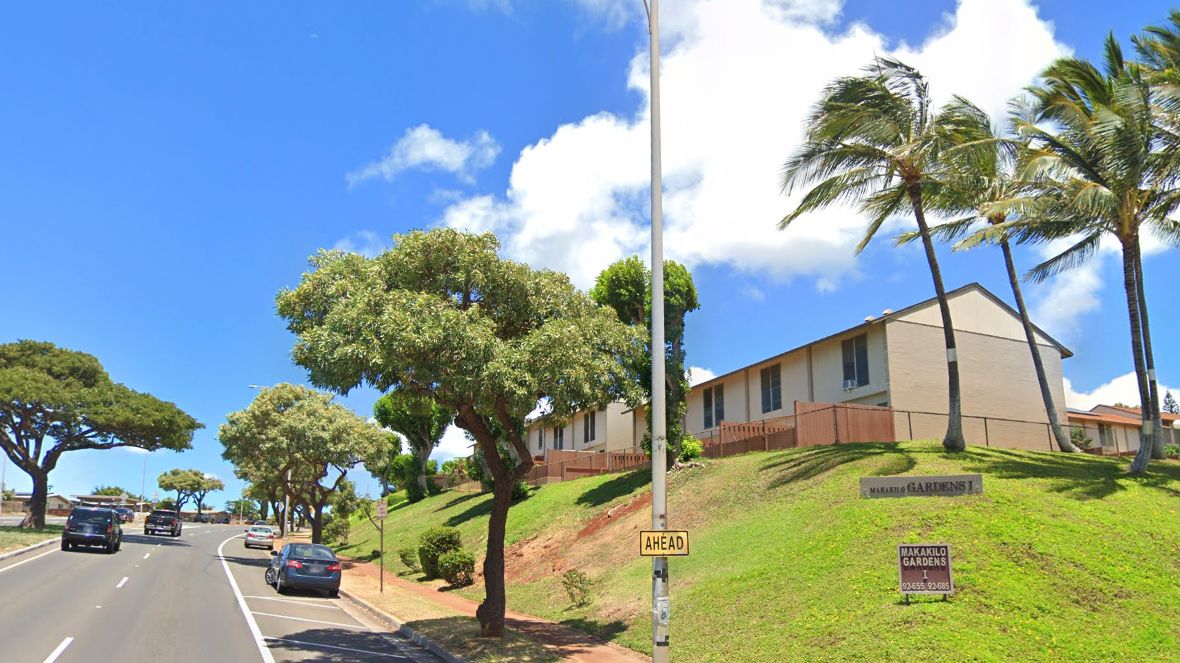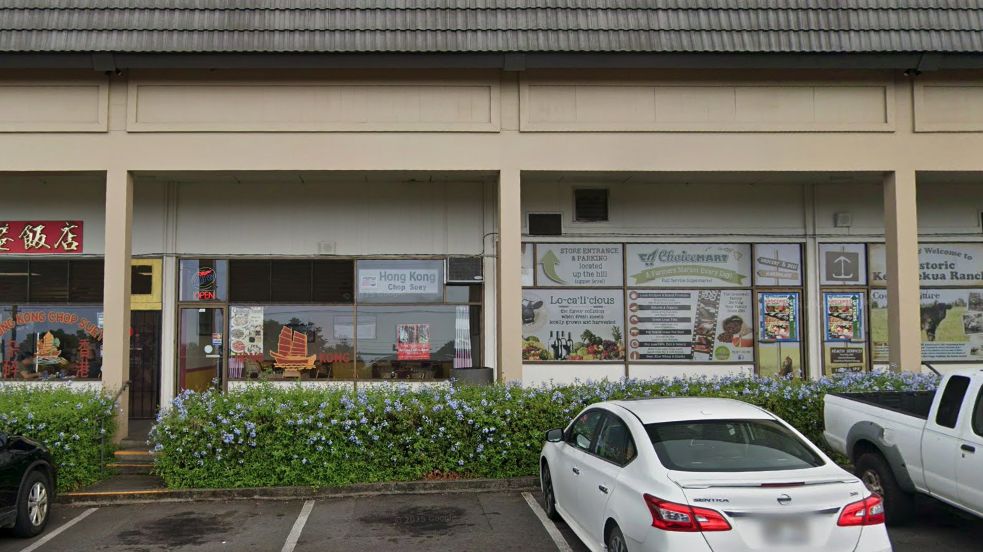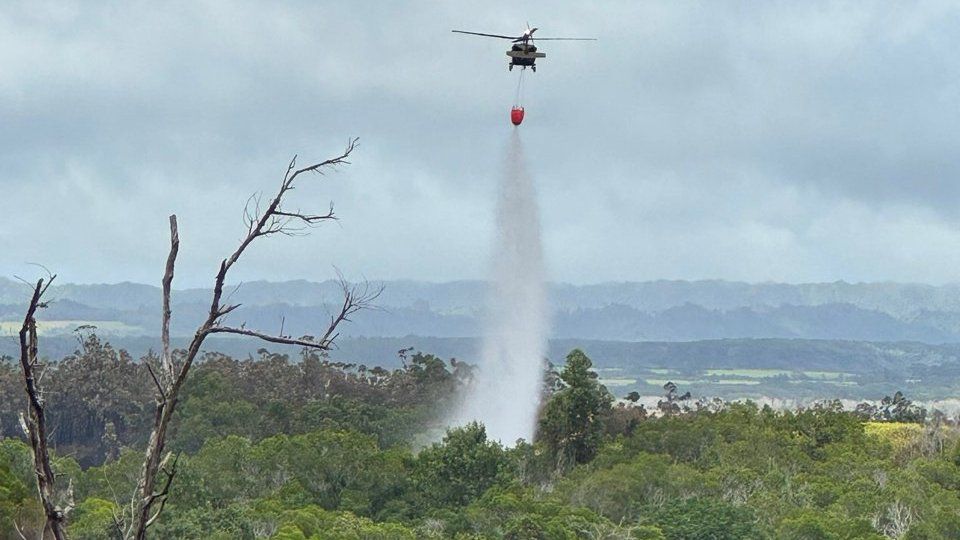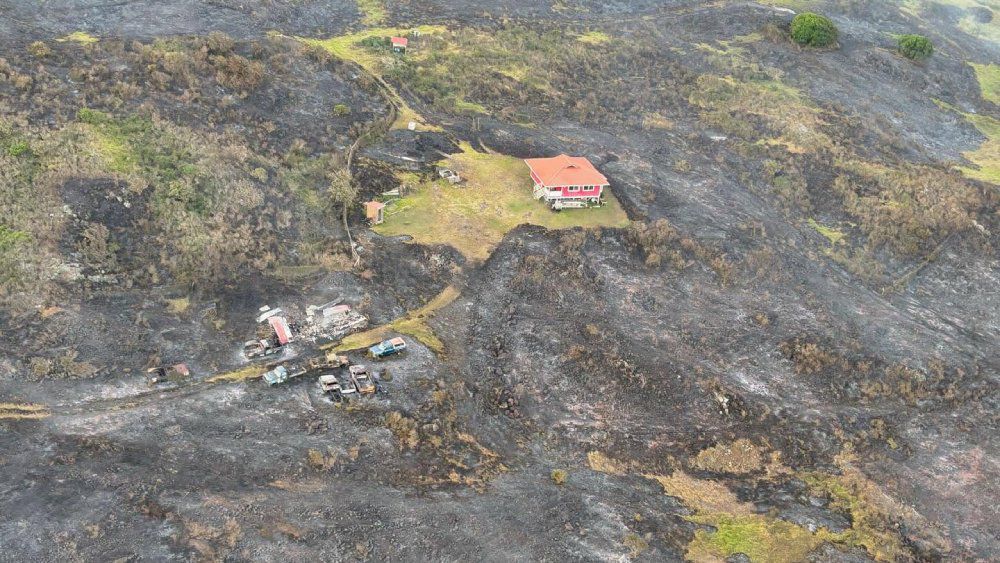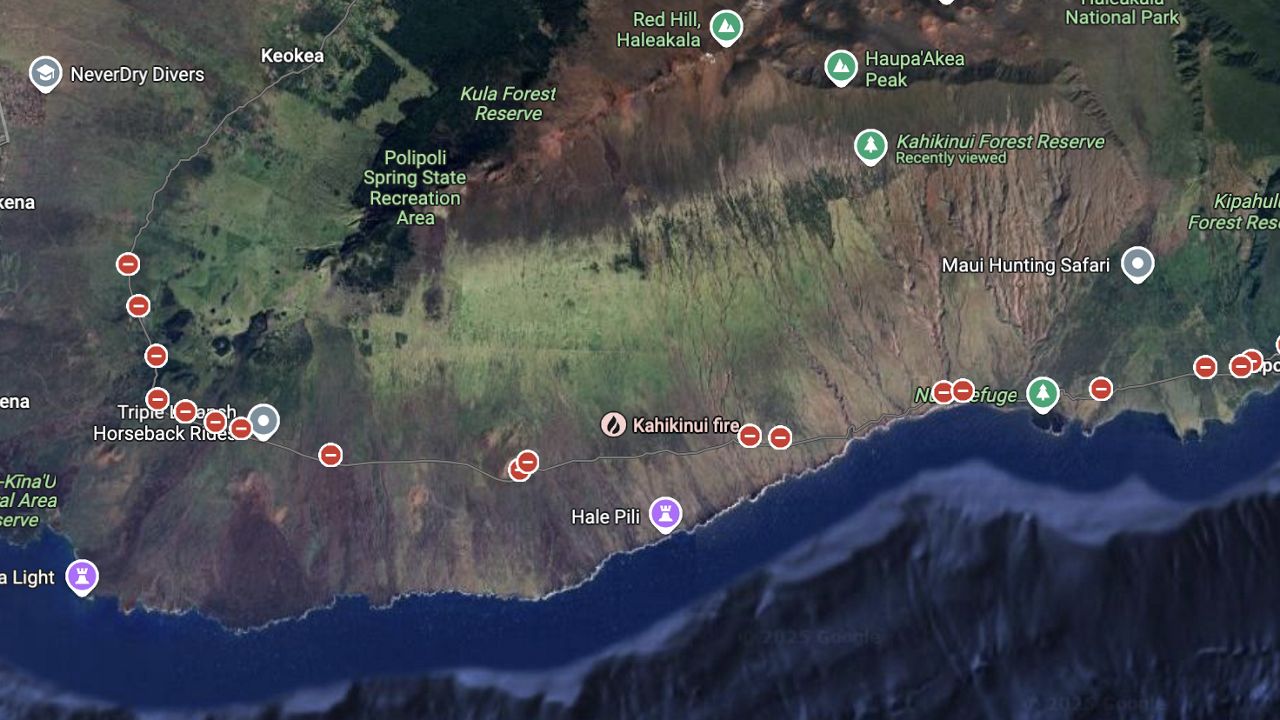HONOLULU — The Department of Health has confirmed low levels of PFAS were detected in water samples at the Board of Water Supply’s Makakilo Well, which is connected to the Ewa-Waianae water system. The PFAS were found at levels below the DOH’s Environmental Action Levels, according to a release.
Perfluoropentanoic acid (PFPeA) was detected in the Makakilo Well. PFPeA is part of the group of perfluoroalkyl and polyfluoroalkyl substances (PFAS).
PFAS are known as “forever chemicals” because they are very slow to degrade in the environment. PFAS can be harmful to human health if they are consumed at a high concentration, increasing the risk of certain cancers, high blood pressure in pregnant women, and other health problems.
The DOH’s Environmental Action Level for PFPeA found in groundwater that is a source of drinking water is 0.8 micrograms per liter, while the levels of PFPeA in the Makakilo Well ranged from 0.0021 to 0.0023 micrograms per liter.
According to the DOH, these low levels of PFPeA are not an acute health risk, but long-term consumption of PFPeA could be a health risk.
DOH said no immediate action is necessary, but a home filtration system for drinking water would reduce PFAS.
Last month, the DOH reported that PFAS were found in water samples collected in the BWS’ Waipahu Wells and in its Kunia Village water system.
According to Deputy Director of Environmental Health Kathleen Ho, “Because PFAS chemicals are used in so many products and industries, it is not uncommon to see them contaminating drinking water at low levels. However, it is very important for the public to be aware of the presence of these contaminants.”
PFAS have been used extensively in everyday products such as carpets, clothing, fabrics for furniture, paper packaging for food and non-stick cookware. They are also used in some firefighting foam. Aqueous Film Forming Foam, a firefighting foam, recently made headlines in Hawaii when it was spilled by the U.S. Navy at the Red Hill Bulk Fuel Storage Facility.
Michelle Broder Van Dyke covers the Hawaiian Islands for Spectrum News Hawaii. Email her at michelle.brodervandyke@charter.com.




